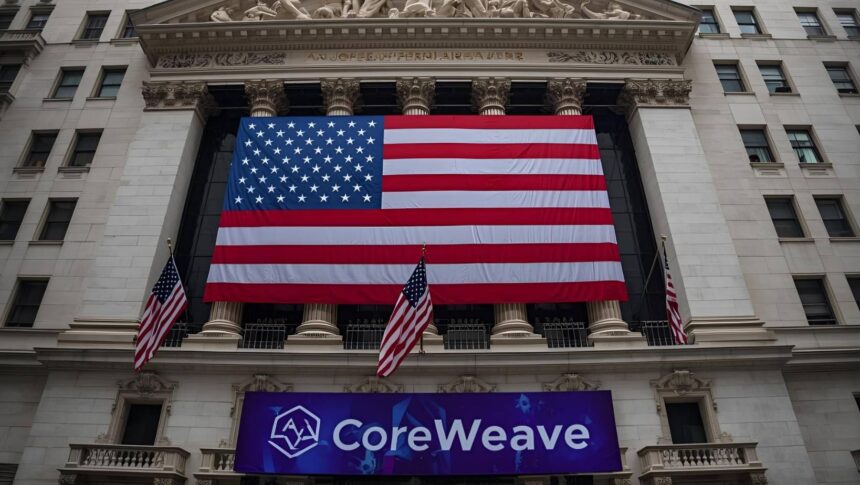U.S. stock futures retreated early Wednesday after Congress missed the funding deadline and the federal government began a partial shutdown.
The lapse raises the risk of delayed economic reports that traders use to calibrate interest rate expectations. Shortly before the opening bell, Dow e-minis were down about 0.5 percent, with S&P 500 and Nasdaq 100 futures off roughly 0.6 percent.
The pullback followed a record finish for major indexes to close the quarter.
The shutdown took effect at 12:01 a.m. Wednesday after lawmakers failed to pass a stopgap measure. Agencies will curtail operations and furlough hundreds of thousands of workers while Congress negotiates a deal.
Market focus now shifts to whether the closure delays the September jobs report and other releases the Federal Reserve monitors while considering further rate cuts.
History shows equity performance during shutdowns can be mixed, but the loss of timely data adds uncertainty to any soft-landing narrative.
AI dealmaking steadies the tech trade
Even as futures slid, the AI complex continued to generate bullish headlines.
CoreWeave shares rallied this week after the GPU cloud provider said Meta Platforms agreed to purchase up to $14.2 billion of AI compute capacity through December 2031, with an option that could extend the agreement into 2032.
The contract broadens CoreWeave’s customer base and underlines large-cap tech’s appetite for dedicated AI infrastructure.
CoreWeave also expanded its relationship with OpenAI in a contract valued at up to $6.5 billion, bringing that partnership’s total to roughly $22.4 billion.
“We are proud to expand our relationship with OpenAI,” CoreWeave CEO Michael Intrator said in a press release, framing the deal as a milestone in scaling high-end training and inference workloads.
For Nvidia, the through-line is demand durability. Two weeks ago, the chipmaker agreed to buy any of CoreWeave’s unsold cloud capacity through April 2032 in an order initially valued at $6.3 billion.
That arrangement effectively underwrites utilization for a key Nvidia customer, signaling confidence that the industry can absorb the next wave of Blackwell-era systems as they come online.
It also reinforces Nvidia’s vertical grip on the AI stack, from silicon to software to cloud partners that feed model developers.
Investors will parse these commitments for clues about how quickly new GPU clusters can translate into revenue and cash flow for suppliers and infrastructure operators.
Multi-year take-or-pay style agreements reduce near-term demand risk for capacity builders, though they raise longer-term questions about pricing, delivery schedules, and the cadence of workload migrations as models evolve.
For now, contract depth across Meta, OpenAI, and Nvidia-linked ecosystems suggests the AI capex cycle remains in expansion despite higher rates and election-year policy noise.
The shutdown complicates that picture by injecting a data blackout that could last beyond this week. If the monthly payrolls report is postponed, markets may lean more heavily on private indicators and survey data, which are often noisier.
Rate-cut odds for October have already swung with each macro print in recent weeks.
A prolonged closure risks amplifying that volatility, even if corporate fundamentals in leading tech pockets stay supported by contracted backlogs. The uncertainty has already rattled equities in recent sessions.
A prolonged closure risks amplifying that volatility, even if corporate fundamentals in leading tech pockets stay supported by contracted backlogs.
Near term, traders will watch whether early weakness in cyclicals tied to government services fades as investors reassess shutdown duration and scope.
Earnings preannouncements and guidance from companies exposed to federal outlays will be one test. Another will be whether AI leaders can keep powering through with fresh orders and deployment milestones.
If the recent spate of contracts is any guide, the build-out of compute capacity remains a market pillar even on days when Washington dominates the tape.




















